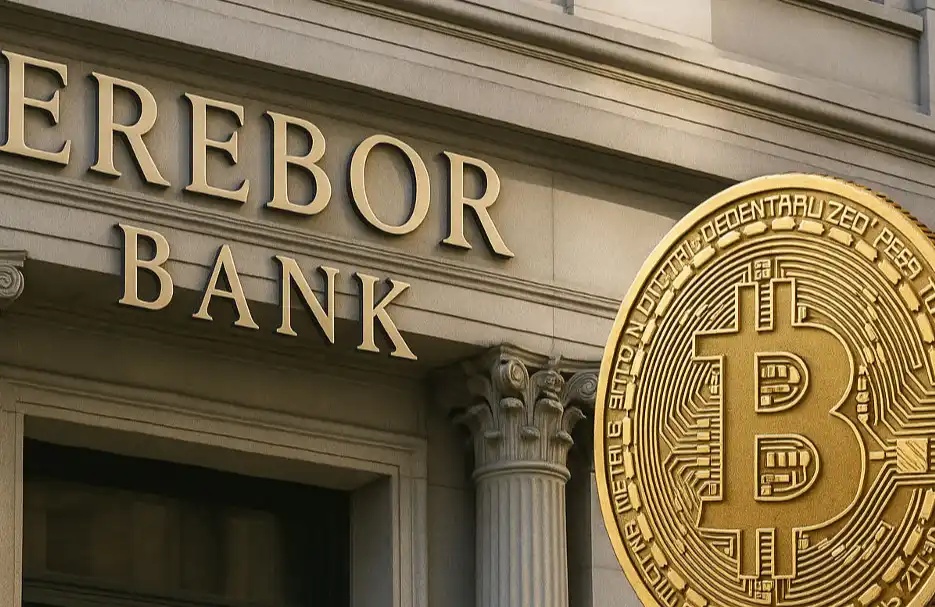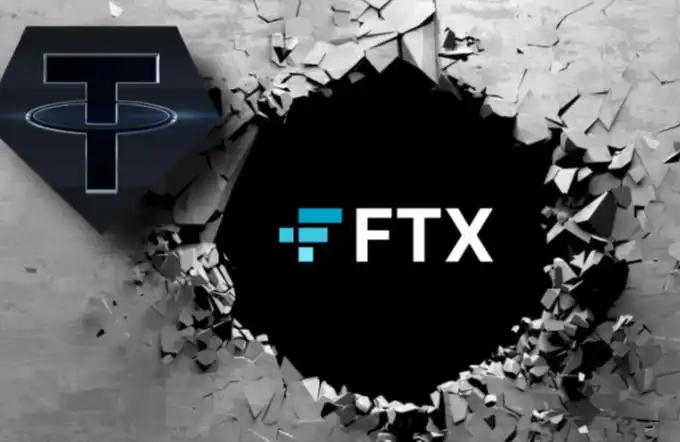What is the difference between Web3's product architecture and Web2's?
原文标题:《 web3 的产品架构和 web2 到底有什么区别? 》
Do you understand the world a little better today
This article is from wechat official account:Did you understand the world a little better today
Today I saw a very good article, highly recommended to everyone, very clear explanation of the difference between Web3 and Web2 Internet architecture, help you better understand what the difference is Web3, this article is to disassemble the article, the original link is as follows: https://mirror.xyz/owoowo.eth/orz4h4Q-XbKC-NH8n4mdAyLp2QFD21Dsq5ewL05qoMk
The figure below shows the architecture of traditional Internet products, which is divided into the front end, the back end and the database. The front end is the page, picture, button, input box that you can see with your naked eyes, and the back end is the process of processing data and returning results to the front end. The data is stored in a central database.
We opened a new website, for example, the first thing you need to register, enter the phone number and password, this is the front do, click ok, phone number and password to enter the back-end check whether there is any, if there is no new line of data in the database used to store the new user, you after the completion of the storage backend results returned to the front told you have already registered.

The following figure shows the product architecture of blockchain applications. It can be seen that all contents except the front end are different from the traditional architecture. Next, we will disassemble them one by one, what are the differences and why are there differences?
But before dismantling, I need to answer a question. Many friends around me say, what changes can blockchain bring to us? Is it mobile phone for computer portability, or VR for screen immersion? Actually this problem I don't have the answer, the main reason is that determines its block chain from the architecture can't provide users with deep experience difference of perception, because from the point of view of the architecture diagram, presented to the user's display layer - front there is no change, change of both for the user can't intuitive feel the back-end to the naked eye and the difference between the data layer, As a result, the imagination space of blockchain has always been abstract. As you can know, with the emergence of mobile Internet, you can order food and taxi by mobile phone, and VR, you can watch movies and play games, because these are all changes in the front end of the display layer, which can directly deduce what this change will bring. However, the transformation of blockchain is difficult for ordinary people to directly perceive, so "what changes will Web3 bring to me?" It has always been a difficult problem to describe clearly.

First of all, let's look at the core block chain module. In Web3, block chain assumes the responsibility of database + back-end. Data is stored on the chain and data is processed by smart contract.

Block chain theory believe that you have clear, distributed books, means that you need to build a node in your computer, like registered a block chain account process, but the process will be very trouble, so there will be a middle tier of the interaction between the service provider to provide you with block chain services, greatly reduce the threshold of the chain you into blocks, For example, our most commonly used little fox wallet is responsible for the account system.

When you are using some Web3 sites, your fox will often initiate a signature request. The signature process is to verify the write operation with your private key, thus authorizing the blockchain to perform data operation.

've just mentioned is but a block chain bear the responsibility of the database, but it is well known block chain storage resources is very expensive, any write operations require gas fee, if the film is stored in the block chain will be very large, it cost so much still needs to be fill the space is not so important but a lot of data stored in the outside, Here you can read the previous article and when you buy NFT, what exactly do you get? , the NFT pictures you buy are actually stored in IPFS, blockchain only stores token ID and transaction data. It's as if the central bank couldn't keep all the country's cash in its vaults, so it built vaults in many places to store it scattered.

Even if the data is stored in the external can save a lot of storage space, but for the data block chain of frequent operation is still not a spending, so there are many expansion solution, the main idea is to operate outside the main chain as far as possible, and then on a regular basis will be one-time synchronous operation data to the main chain, such as the relationship between central and local Banks, In the past, all deposits and withdrawals needed to go to the central bank, but now many local banks (side chains) have been established. Residents deposit and withdraw money in local banks, and local banks need to settle accounts with the central bank once a month.

The above is the difference between Web3 application and traditional application. It can be found that a large number of content below the iceberg is completely different, which is why many companies doing Web3 infrastructure can get large financing, which needs to build a lot of content.
Put forward back to the beginning "Web3 exactly what can bring us", now we have to know Web3 center, distributed, traceability features, but these features do not like mobile phones, VR with intuitive feel, in fact, the next step is need to find a way to put these characteristics to dig out its application scenarios, Just like Tesla and fuel cars, they look exactly the same from the outside, but the inner core is completely different. There is no internal combustion engine or gearbox, but these car owners will not see it. If Tesla only has the feature of "charging", but the battery life is short, it will stay at the state of 30,000 yuan. Just like Web3, which only goes to the center but costs a lot (gas fee), will always stay in a small group of utopian believers. Therefore, Tesla needs to make efforts in driverless driving, large screen, heated seats and other aspects that can be truly perceived by users. I think Web3 is the same. You need to find out what is the ability for users to perceive significant change, rather than saying "Oh, decentralization, what then?"
You can pay attention to my public number "today have a little more understand this world & NBSP;" Check out previous posts for more in-depth discussions, and follow me on Twitter at Jason_chen998
The original link
Welcome to join the official BlockBeats community:
Telegram Subscription Group: https://t.me/theblockbeats
Telegram Discussion Group: https://t.me/BlockBeats_App
Official Twitter Account: https://twitter.com/BlockBeatsAsia
 Forum
Forum OPRR
OPRR Finance
Finance
 Specials
Specials
 On-chain Eco
On-chain Eco
 Entry
Entry
 Podcasts
Podcasts
 Activities
Activities







